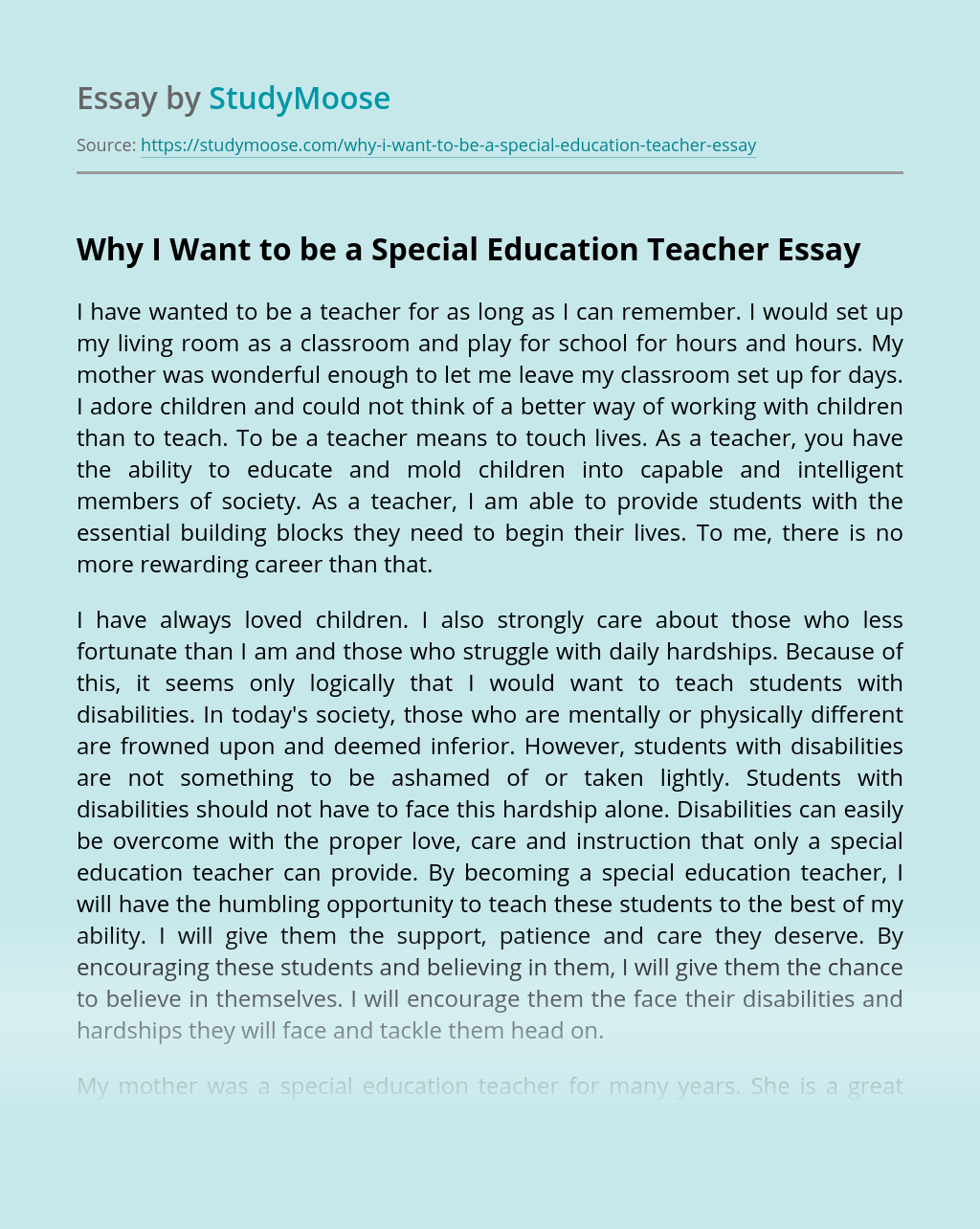
Here are some great word games for your kids. There are so many fun options. Online word search grids are also available. You can also make your own by drawing 10x10 squares. You can make words go diagonally or upward and downward to make it more challenging. A challenge with letter overlaps might be a good choice for older kids.
Hangman
Hangman is a great game to introduce kids to words and help them expand their vocabulary. It can also be used to teach children how to spell. To play, you can simply use index cards with words on them. When your child flips the card, they should pronounce the word.
This word-recognition puzzle is perfect for kindergarteners and first graders. It is also suitable for those who are learning to read in English. To help your children remember the words associated with each letter, you can show them images of a hangman or a blue-bloated body.

Bananagrams
Bananagrams a word game is great for kids. This smart puzzle collection by Puzzability is the perfect way to introduce your child to this popular word game. It features a wide variety of puzzles that are sure to engage and amuse. It features many puzzles designed to encourage children to think.
Bananagrams for kids is an excellent way to teach your child word building, spelling, and vocabulary. With over 130 puzzles to complete, this book will become a staple in your child's home.
Ruzzle
Ruzzle is a challenging word game that challenges players to form words within a given time. Players earn points for each correct word that they form. The player with the most points at the end of a round wins. You can play against the computer, with random opponents or friends. Each player has two minutes to make words.
This is a great way to improve your spelling and vocabulary. You must arrange the letters tiles in a way that matches the clue. The game is similar to a crossword and involves seven clues and seven mystery words. To finish the levels, players will need to find the words that match the clue.

One Letter Change-Up
One Letter Change-Up is an interactive word-building game. It focuses on word construction and phonics. It teaches the student the difference between uppercase and lowercase letters, and the curved part of the letter. The curved part of the letter is what makes the letter c distinct from the lowercase version.
Tapple
Tapple can help children improve their vocabulary as well as their ability to understand grammar and spelling. Tapple is fast-paced and uses letter combinations. It also has more than 3000 questions. It allows players to share their knowledge with other players. It is recommended by Dr. Norrine Russ, a speaker at ADDitude webinars.
Players are asked to take turns saying words from one category and pressing the letter on a special electronic device. The timer goes off. Players are kicked out when they use a letter that isn’t available or run out of time. Players pass each other until only one remains. The round winner receives a card. There are two sets with the same category of cards.
FAQ
What are the various types of early childhood education available?
There are many ways that early childhood education can be described. These are the most popular:
-
Preschool - Children ages 2 to 5
-
PreKindergarten- Children from 4-6 years of age
-
Head Start/Headstart - Children from 0-3 Years
-
Day Care/ Daycares: Children 0-5
-
Child Care Centers - Children ages 0 to 18
-
Family Childcare - Children between 0 and 12 Years Old
-
Home schooling - Children aged KG to 16.
What is homeschooling exactly?
Homeschooling is a method of education where children learn at home from their parents. It can also be called homeschooling, self-education and private education.
Family members who want to teach their children at home can opt for homeschooling. This allows them access to a quality education while staying at home.
From birth, parents educate their children until high school. They choose which subjects to study and how long each subject should last. Each student learns all on their own.
When to start teaching children is up to the parents. Schools recommend that children begin classes between the ages of four and twelve. Some families wait until their children reach kindergarten to start teaching them.
Any number of resources can be used by parents to guide them through the curriculum. Books, videos, websites, and even magazines provide valuable lessons.
Many families find homeschooling works well for their busy schedules. Parents can spend more time with their children than in traditional public schools.
What is a vocational high school?
Vocational schools offer programs specifically for people who wish to pursue a career in a certain field. They might also offer general education courses or training in the skills that employers require.
Vocational education plays an important role in our society, as it helps young adults develop the skills needed to succeed in everyday life. It ensures that all students have access to high-quality learning opportunities.
A vocational school provides a variety options for its students. They can choose from certificates, diplomas or degrees as well as apprenticeships, certificates, diplomas or degrees. Vocational school students learn both academic subjects and more practical subjects like math, science, English or social studies.
What does it take to be a teacher of early childhood education?
Special training is required for teachers in early childhood education. Most states require candidates for a teaching position to obtain certification from a state board before being allowed to work in public schools.
Some states require teachers passing tests in math and reading.
Some states require teachers to hold a certain number of hours of coursework related to early childhood education.
Most states have minimum requirements regarding what teachers should know. However, the requirements may vary between states.
What's the purpose of education and schooling?
Education should prepare students for work. Education is more than a academic pursuit. It's a social activity that allows children to learn from one another and gains confidence through participation in arts, music, and sports. Learning to think creatively and critically is a key part of education. This allows students to be self-reliant, independent, and confident. What does it entail to have high educational standards?
Good educational standards are those which ensure that all pupils achieve their potential. They give teachers a clear vision of the goals they want to achieve with their pupils. Good educational standards are flexible enough to enable schools to meet changing needs. A fair and equitable educational system must ensure that all children have equal chances of success no matter their background.
Do you have to go to college in order become an early education teacher?
No, but you might want to consider going to college to prepare yourself for a future career in the field.
It is essential to understand that becoming a teacher takes hard work. Every year, many people are rejected. Many people also drop out after just one semester.
To become a teacher, you must also meet certain qualifications.
Statistics
- They are more likely to graduate high school (25%) and finish college (116%). (habitatbroward.org)
- They are also 25% more likely to graduate from high school and have higher math and reading scores, with fewer behavioral problems,” according to research at the University of Tennessee. (habitatbroward.org)
- “Children of homeowners are 116% more likely to graduate from college than children of renters of the same age, race, and income. (habitatbroward.org)
- Globally, in 2008, around 89% of children aged six to twelve were enrolled in primary education, and this proportion was rising. (en.wikipedia.org)
- Among STEM majors, that number is 83.5 percent. (bostonreview.net)
External Links
How To
what is vocational education?
Vocational education is an educational program that prepares students to work after high school and college. It teaches them specific skills for specific jobs (such as welding). This includes apprenticeship programs and on-thejob training. Vocational education differs from general education because it focuses on preparing individuals for specific careers rather than learning broad knowledge for future use. Vocational education's goal is to help students find employment after they graduate.
Vocational education is available at all levels of education, including primary, secondary, high school, college, universities, technical institutes as well as trade schools, community colleges and junior colleges. There are many schools that specialize in specific subjects, such as nursing schools (law schools), medical schools, dental school, veterinary medicine and firefighting schools. Many of these schools offer both academic instruction and practical experiences.
Over recent decades, there have been significant investments made in vocational education by many countries, including Australia, Denmark (Finland), Germany, Ireland and Japan. The effectiveness of vocational training is still a controversial topic. Some critics believe it doesn't help students get hired, while others claim that it helps prepare them for life after high school.
The U.S. Bureau of Labor Statistics has estimated that 47% of American adults hold a postsecondary certificate or degree related to their current occupation. This figure is higher among those with more education: 71% of workers aged 25-29 with a bachelor's degree or higher are currently employed in fields requiring postsecondary credentials.
According to the BLS, nearly half of America's adult population held at least one postsecondary credential in 2012. A third of Americans have a two-year associate's degree and 10% hold a four year bachelor's degree. One fifth of Americans had a masters degree or doctorate.
The median annual wage for individuals with a bachelor's in 2013 was $50,000. This was compared to $23,800 when they had no degree. The median salary for people with advanced degrees was $81,300.
For those who did no high school, the median salary was only $15,000. A person with a lower high school diploma earned $13,000 annually.